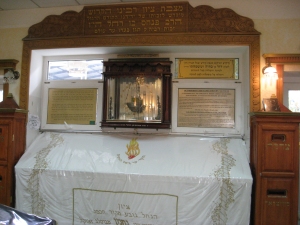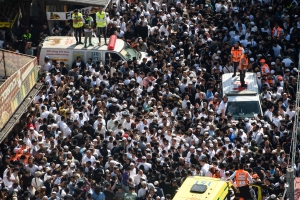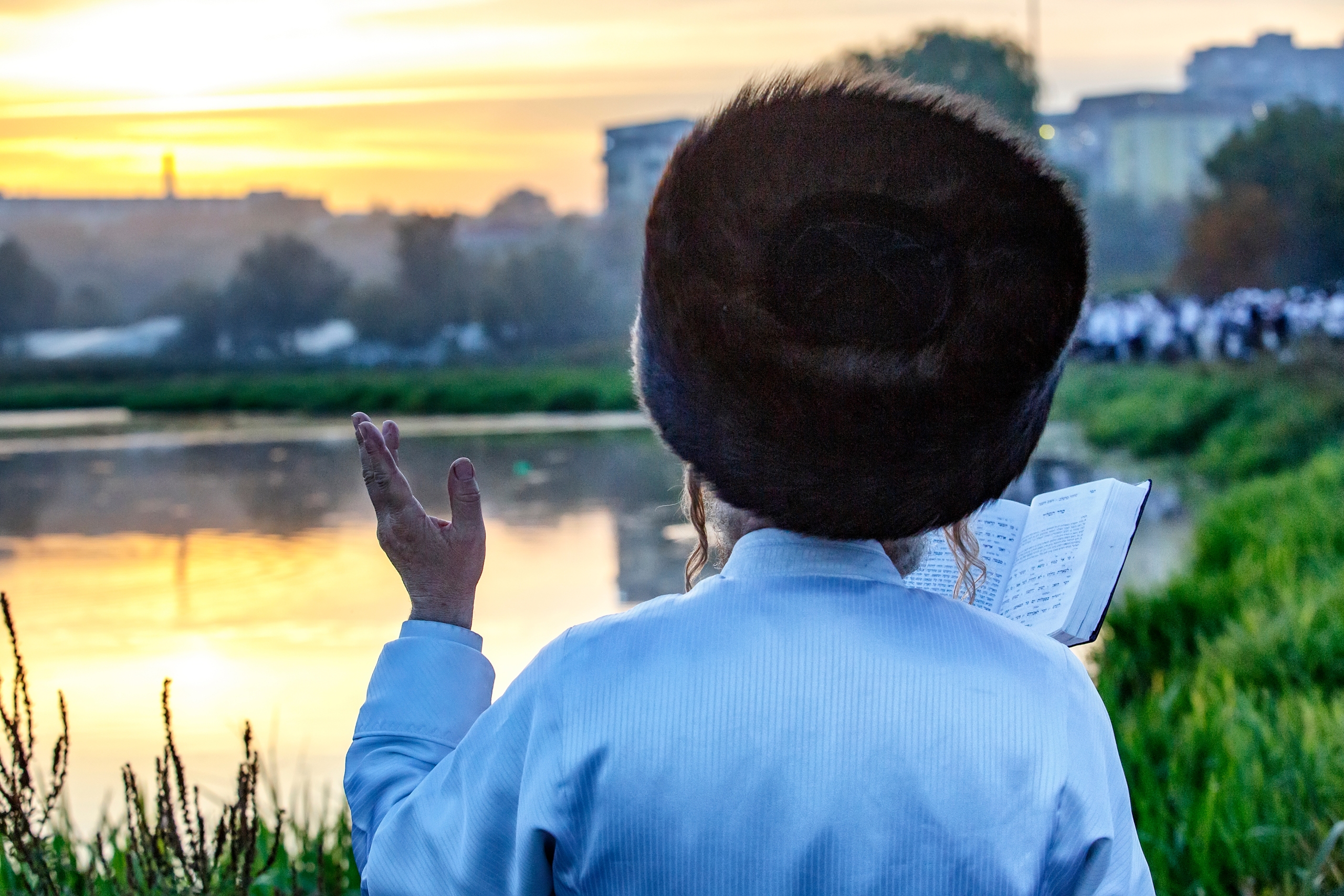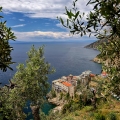Rabbi Nachman of Breslov (1772–1810 CE), a central figure in Eastern European Hasidism, left behind a body of teachings so influential that his burial site in Uman, Ukraine, gradually became the focus of an enduring annual pilgrimage. Indeed, his influence extends well beyond doctrinal circles. His grave has become a magnet for thousands who gather each year, especially during Rosh Hashanah (the Jewish New Year), in what is one of the most visible contemporary Jewish pilgrimages. Yet the site raises intriguing questions—not least whether it is truly his grave—and reveals larger patterns in the relationship between place, memory, and spiritual identity.
Rabbi Nachman: Life and Teachings
Born in Medzhybizh (in present-day Ukraine), Rabbi Nachman was the great-grandson of the Baal Shem Tov, founder of the Hasidic movement. Hasidism emerged in the 18th century as a pietistic revival movement within Judaism, centered on ecstatic worship, personal connection to the divine, and the role of charismatic leaders known as tzaddikim.
Rabbi Nachman developed a distinct path within Hasidism, combining mystical theology, psychological introspection, and narrative. He emphasized hitbodedut—a form of personal, spontaneous prayer conducted in solitude—as a key spiritual discipline. He also innovated in storytelling, composing allegorical tales rich with symbolic meaning, including the often-cited The Seven Beggars. Unlike other Hasidic leaders who cultivated dynasties, Rabbi Nachman insisted that no formal successor would follow him. After his death, his followers coalesced around his writings and teachings rather than a living rabbinic figure, a rare structure in Hasidism that persists to this day.

Death and Burial in Uman
Rabbi Nachman died of tuberculosis in 1810 CE in Uman, a town then within the Russian Empire. He had moved there shortly before his death, reportedly choosing the location due to a massacre that had taken place decades earlier during the 1768 Koliyivshchyna uprising, in which thousands of Jews were killed. He expressed a desire to be buried near the victims, reportedly stating that he would offer spiritual protection to those buried alongside him and to those who came to visit him.
His grave lies in the old Jewish cemetery of Uman. The precise authenticity of the burial site has been debated at times—particularly during periods of political turmoil, war, and Soviet-era suppression—but among Breslov Hasidim, there is no serious question about its legitimacy. Pilgrimage to the site began soon after his death, though it remained relatively localized during the 19th century.
The Rosh Hashanah Pilgrimage
The most significant pilgrimage to Rabbi Nachman’s grave occurs annually on Rosh Hashanah, which he emphasized as a spiritually critical moment. He encouraged his followers to be with him during the holiday, and before his death, he reportedly said, “My Rosh Hashanah is greater than everything.”
Pilgrims believe that by visiting his grave during this time, they can achieve spiritual repair, forgiveness, and personal transformation. The experience is often framed as a collective return, a moment of inner reckoning, and a way to receive the unique spiritual energy associated with the tzaddik—a righteous individual regarded in Hasidic tradition as a conduit between the divine and the community.
After years of repression under the Soviet Union—during which access to the grave was limited and often dangerous—the fall of the Iron Curtain in the early 1990s led to a dramatic increase in pilgrimages. Today, tens of thousands of people travel to Uman annually, not only from Israel and the U.S. but also from across Europe and beyond.
While the majority of pilgrims are Breslov Hasidim or affiliated with broader Hasidic communities, the gathering attracts a wide spectrum of participants, including secular Jews, spiritual seekers, and individuals unaffiliated with organized religion. The atmosphere is eclectic, often described as a mixture of intense prayer, music, dancing, and communal living.

Is It a Pilgrimage? Secular Interpretations
Though the journey to Uman mirrors many aspects of religious pilgrimage—sacred space, ritual movement, seasonal timing—it is often framed differently within Jewish tradition, which historically emphasized study and observance over place-centered devotion. However, Hasidism and other later developments have introduced more embodied and spatial elements into Jewish practice.
In this sense, the Uman “pilgrimage” shows an evolving relationship to sacred geography. For many, it is less about relics or tomb veneration and more about connection: to Rabbi Nachman’s teachings, to fellow travelers, to personal change. In a movement that has no living leader, the grave functions as both symbolic center and spiritual axis.
The site has been developed extensively in recent years, with synagogues, guesthouses, and mikva’ot (ritual baths) established to support the influx. The surrounding neighborhood has become a temporary microcosm of Hasidic life, with Yiddish and Hebrew heard alongside Ukrainian, English, and Russian.
Political and Cultural Contexts
The pilgrimage has not been without controversy. Locally, tensions have arisen between pilgrims and residents, particularly over issues of infrastructure, public behavior, and cultural misunderstanding. The Israeli and Ukrainian governments have at times coordinated security and logistics, especially amid regional instability or public health concerns—as was the case during the COVID-19 pandemic and, recently, during Russia’s attempted invasion of Ukraine.
Still, the pilgrimage continues, often under complex and improvised conditions. It is not a pilgrimage of comfort, but of intensity—marked by cold weather, crowding, and unpredictable logistics. This rawness itself seems to align with Nachman’s spiritual ethos, which privileges brokenness, longing, and the unpredictability of inner work.
The pilgrimage to Rabbi Nachman’s grave in Uman is not merely a Hasidic tradition—it is a contemporary spiritual phenomenon with deep historical roots and global reach. Whether or not one accepts the mystical premises behind it, the gathering testifies to the enduring power of memory, storytelling, and place in shaping religious life. The question of whether it is truly his grave is ultimately secondary to the role the site plays: as a focus for devotion, introspection, and communal identity, it has become one of the most significant Jewish pilgrimage destinations of the modern era.





